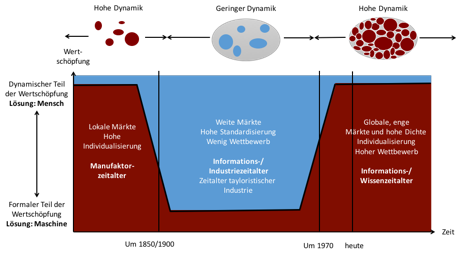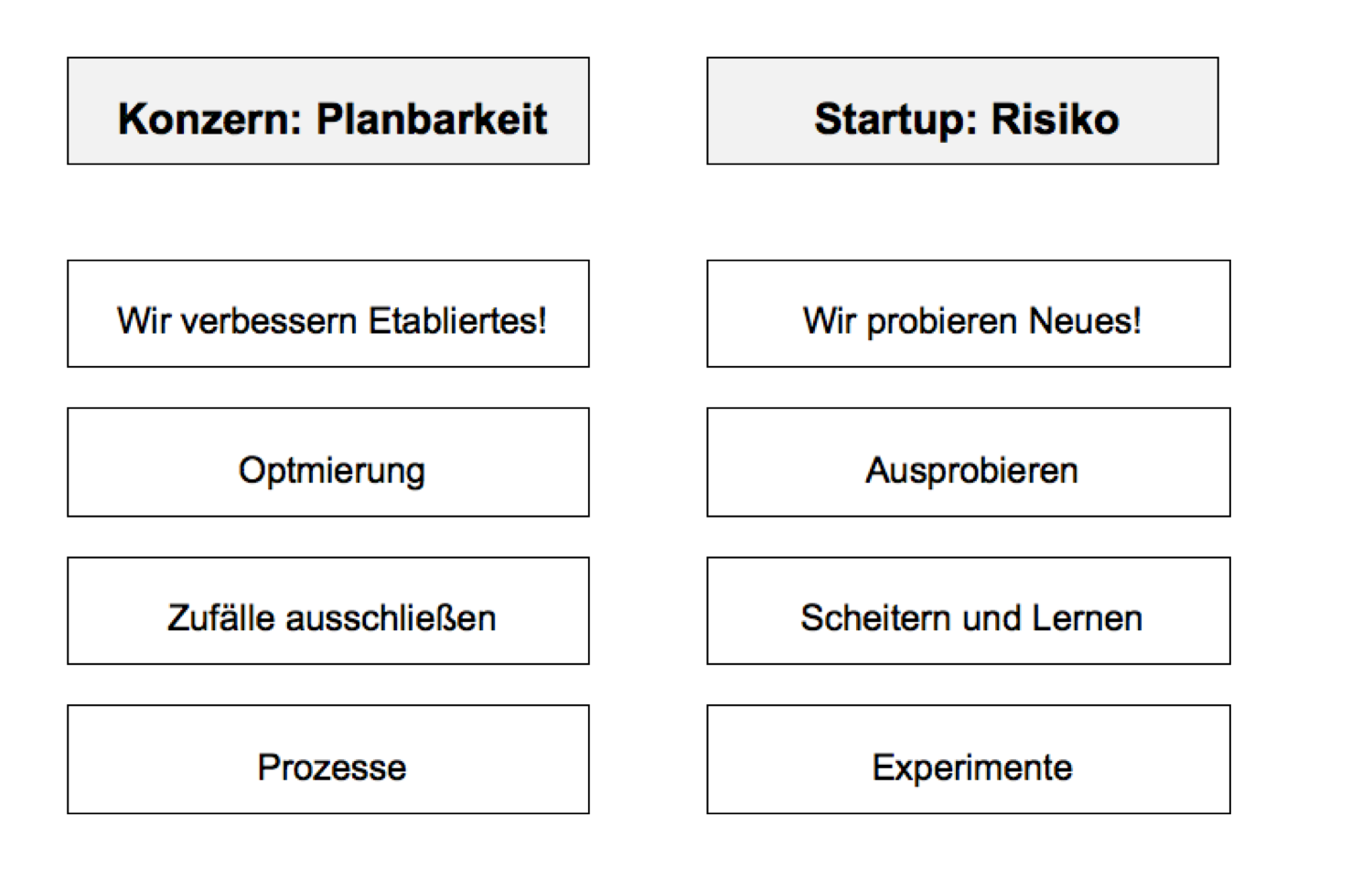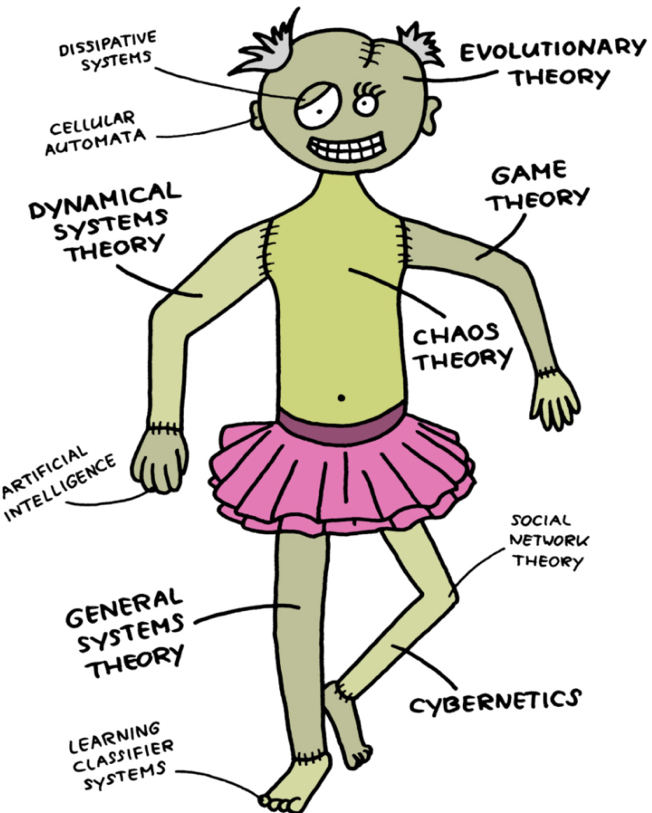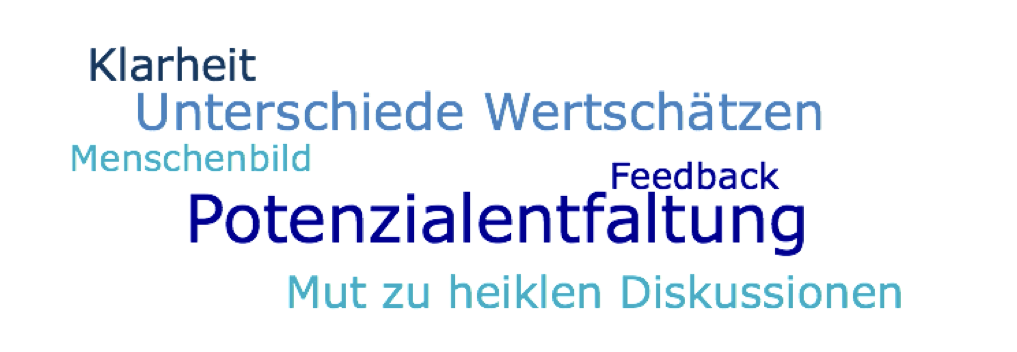The digital transformation is hitting German companies like a steam hammer. To clarify this trend typified by many magazines, this article examines triggers, people and employees in digital transformation. To do this, I examined the hashtags future work, digital work and leading digital. The first part of the article examines why companies strive for “leading digital” and what this exactly means. In the second part, digital work is discussed as an answer to digital transformation.
Leading digital
Leading digital means market leadership through digital transformation of the company and / or the business model. The article deals with why companies are striving for this and how this change manifests itself exactly and which steps are necessary to implement it.
The trigger of the digital transformation
The digital transformation is called the rapid growth of technology launches in German companies. Through global markets and a high level of competition, companies strive for differentiation (leading digital). Since 1970 the dynamics of the markets have increased sharply due to globalization and even large corporations like Volkswagen, Daimler and BMW are now threatened by IT giants like Apple and Google. It seems to be a race to digitize the automobile. In other industries, the conditions don’t seem to be any different. For this purpose, Niels Pfläging published the following illustration in his book, which shows the increase in complexity after 1970. For more information on the complexity of digital transformations, read my article on Complexity in management .

From settlers back to pioneers – leading digital

According to Brandes et al. “back to the risk”! The example of automobile manufacturers shows that it is no longer enough to just improve the established, but that new markets such as electric mobility must be opened up with the digital transformation. So from settlers to pioneers or to the “departure” to innovation.
So settlers rely on predictability, i.e. infrastructure such as rails and strict guidelines. So you have already founded a city and are trying to improve it permanently. Here lies the difference to the pioneer, who, on the other hand, creates new markets or cities and “makes something work”. According to Brandes et al. not overnight, but you have to approach it step by step. According to the authors, this is chaotic and aims to develop something new in order to survive. An example can be cited here when a city is threatened by a long ice age and the residents will all freeze to death sooner or later. For the pioneers, the idea of “get out of here and survive” counts while the settlers try to withstand the Ice Age as long as possible and to optimize the city accordingly.
But how can this be implemented in the digital transformation and how can companies create such a departure and fulfill the vision: “leading digital”? The digital work should provide information on this. Take a look at Brandes’ book or read mine Article on Management Y .
Digital work
It felt like the great lightness of being. The workplace, no longer in an anonymous office tower. The working hours, no longer controlled by a clock, but designed by yourself. The notebook as an office, the network as a bridge to the world. The work as great freedom ( Friedrich Ebert Stiftung ). This is how the aforementioned foundation defines the project of digital work. This type of work could be an answer to digital transformation and leading digital.
People and digital work

As early as 2010, Appelo examined modern knowledge workers with its Framework Management 3.0 and found that these are a bizarre combination of management frameworks and are actually specified from front to back as a kind of “Frankenstein” monster about theories. Take a look at the book Appelo!
Back in 2016, authors called for “companies to be revitalized” (Pfläging) and provided various approaches such as Management Y, sociocracy or holacracy . All approaches are agile and evolutionary in their own way. However, one thing is certain for the authors: “Frankenstein’s Monster” does not seem to be able to cope with the digital transformation. Instead, they call for a new form of work and employees. Sattelberger et al. define them as “designers” in “agile networks” and realize that many organizations have many employees in the implementation role and are therefore increasingly overloaded. So this does not seem to be a sufficient answer to digital work and the vision of “leading digital” will hardly be fulfilled with it. Take a look at Sattelberger’s book!

Employees as “designers” and digital work
At current HR conferences, the topic of agile or digital HR is increasingly being dealt with as the main focus of German companies. Together we consider how to find and retain such employees. The former however, should not be addressed in this article and can be found in an extra Article on agile HR can be read.
The figure below clearly shows that such employees demand and need a lot. According to many companies, you are asking too much. Certainly this statement can be correct in many cases. However, the figure by Brandes et al. Shows that some requirements also seem to make sense. in the Course of the roundtables It has been shown that companies make every effort to take on such demands and thereby become one “Agile” and “evolutionary” companies to walk. According to the first statements of the managers who work with me in the course of the research project, they even appear to be more successful and sustainable. More on this can be found in mine Article on digital leadership.

Verwendete Quellen anzeigen
Appelo, J. (2010). Management 3.0: Leading Agile Developers, Developing Agile Leaders . Boston: Addison-Wesley Professional.
Brandes, U., Gemmer, P., Koschek, H., & Schältken, L. (2014). Management Y . Munich: Campus Verlag.
Pfläging, N. (2014). Organization for complexity . Munich: Redline Verlag.
Sattelberger, T., Welpe, I., & Boes, A. (2015). The democratic company . Munich: Haufe Verlag.
http://library.fes.de/pdf-files/akademie/09324.pdf



